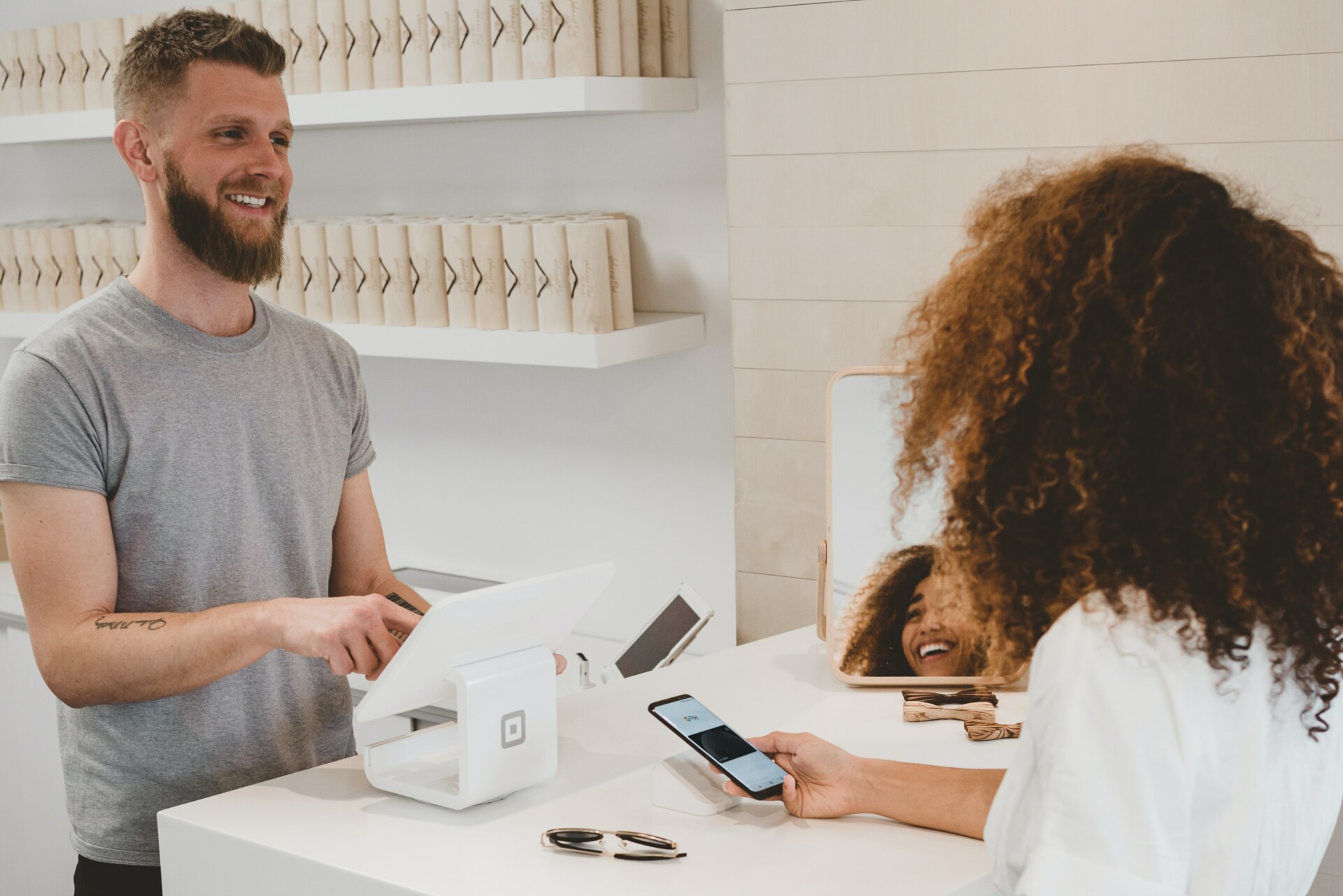Customer lifetime value (CLV) is a metric that measures the total amount of money a customer is expected to spend on a company's products or services over their lifetime. It's important to be aware of this metric because it can help a company determine how much they can afford to spend on acquiring new customers and retaining existing ones.
For example, if a company knows that the average customer lifetime value is $1,000, they can invest up to $1,000 in acquiring a new customer and still break even. Additionally, knowing the lifetime value of a customer can also help a company prioritize which customers to retain and which ones to let go of.
In the following, we will share some practical advice for increasing the lifetime value of a company's customers.
Table of Contents
Upsells
Upselling is the practice of recommending or offering additional products or services to a customer at the point of purchase. This strategy is commonly used by e-commerce sites like Amazon, Blibli, Shopee, or Tokopedia, where customers are shown similar or complementary products to their current selection. For example, when purchasing a new smartphone, a customer might be shown options for phone cases, screen protectors, or extended warranty plans.
Upselling can also be used in service-based businesses. For example, a hair salon could recommend additional services like hair treatments or color services to customers during their appointment. A gym could recommend personal training sessions or class packages to members.
To include upselling in their business, a company can start by identifying their most profitable products or services and then training their sales or customer service team on how to effectively recommend them.
They can also use customer data and purchase history to personalize recommendations and make them more relevant to the customer. Additionally, they can use point-of-sale systems or customer relationship management software to track upsell opportunities and track their success.
Offers
Promotional offers, such as sales or discounts, are a great way to encourage customers to purchase more products or services. Some examples of promotions that can be helpful in increasing customer purchases include:
- Limited-time discounts: These promotions create a sense of urgency, encouraging customers to make a purchase before the offer expires.
- Buy-one-get-one-free (BOGO) offers: These promotions encourage customers to purchase more than one item by offering a free item with a purchase.
- Bundle deals: These promotions offer a discount for purchasing multiple items or services together.
- Loyalty program discounts: These promotions reward repeat customers for their loyalty by offering discounts or rewards for their purchases.
- Free shipping: This promotion encourages customers to purchase more items by removing the cost of shipping as a barrier to purchase.
To create an effective promotional offer, it's important to consider the target audience, the product or service being promoted, and the timing of the promotion. It's also important to track the effectiveness of the promotion and make adjustments as needed.
Nice idea to use these promotions to increase the awareness of your business or product, and also to drive repeat purchases, rather than just one-time purchases.
Read Also: Build Your Brand by Sharing Knowledge
Email marketing
Email marketing is an important tool for building and nurturing relationships with customers. It allows a business to communicate directly with their target audience, providing them with valuable information and offers, and keeping them engaged with the brand.
Email marketing is a cost-effective way to reach a large audience and it can be easily personalized and targeted to specific segments of a customer base. Additionally, email marketing can be automated and scheduled in advance, which means that business owners can send out regular updates or promotions without having to write them each time.
To get started with email marketing, a business owner can begin by building an email list. This can be done by collecting email addresses from customers at the point of sale, through website sign-ups, or by purchasing a list of contacts. Once a list is established, a business owner can start sending out regular updates and promotional offers.
When it comes to the type of content that should be sent out, it can vary depending on the business and its audience. However, some examples of effective email marketing content include:
- Newsletters: These can be sent out on a regular basis and can include updates on new products or services, company news, or industry-related information.
- Promotions: These can include discounts or special offers for customers.
- Product or service information: These can include detailed information about specific products or services, including pricing and availability.
- Surveys: These can be used to gather feedback from customers and gain insights into their needs and preferences.
The frequency of emails can vary depending on the business and its audience. Some businesses may choose to send out emails on a weekly basis, while others may choose to send them out monthly or quarterly.
Loyalty/rewards
A loyalty program or rewards system is a smart way to encourage customers to return to a business on a regular basis. A good example of this is a coffee store, where customers can earn a stamp on their card every time they purchase a coffee. When they have accumulated enough stamps, their next coffee is free.
Loyalty programs can take many forms, but some common examples include:
- Points-based programs: where customers earn points for purchases and can redeem them for discounts or free products.
- Tiered programs: where customers move up through different levels based on their spending and receive increasing perks and rewards.
- Punch card programs: where customers earn a punch on a card for each purchase and receive a free item or discount after a certain number of purchases.
These programs are beneficial to both the business and the customer. For the business, loyalty programs can help increase customer retention and repeat purchases. By tracking customer purchases, business owners can also gain insights into their purchasing habits and tailor promotions and offers to their specific needs.
For the customer, loyalty programs offer a sense of exclusivity and rewards for their loyalty, which makes them more likely to return to the business. Additionally, customers may also perceive that they are getting better value from the business, which can increase their satisfaction.
To implement a loyalty program, a business can use loyalty cards or mobile apps, which can be easily tracked and managed through a point-of-sale system or customer relationship management software. It's important to communicate the loyalty program clearly to customers and make it easy for them to enroll and track their progress.
Customer Lifetime Value: VIP customers
VIP customers are those that are spending the most money with a business and are considered to be valuable assets to the company. It's important to treat these customers well and to build strong relationships with them as they can have a significant impact on the business's bottom line.
Here are a few ways a business can treat their VIP customers well:
- Personalized Service: Provide VIP customers with a dedicated customer service representative or account manager who can help them with any questions or concerns they may have.
- Exclusive offers and discounts: Provide VIP customers with exclusive offers, discounts, or early access to new products and services.
- Priority service: Give VIP customers priority service, such as faster shipping or priority scheduling for appointments.
- Customized communication: Send out an extra newsletter or communication to VIP customers, to keep them informed of new products or services, or exclusive events.
- Recognition: Recognize and reward VIP customers for their loyalty and spending, such as by providing them with a VIP card or a special gift.
It's important to track which customers are considered VIPs and make sure that the company is providing them with the best service possible. By building strong relationships with these customers, a business can increase customer retention and repeat purchases, and ultimately increase their lifetime value.
Read Also: What is Customer Experience?



